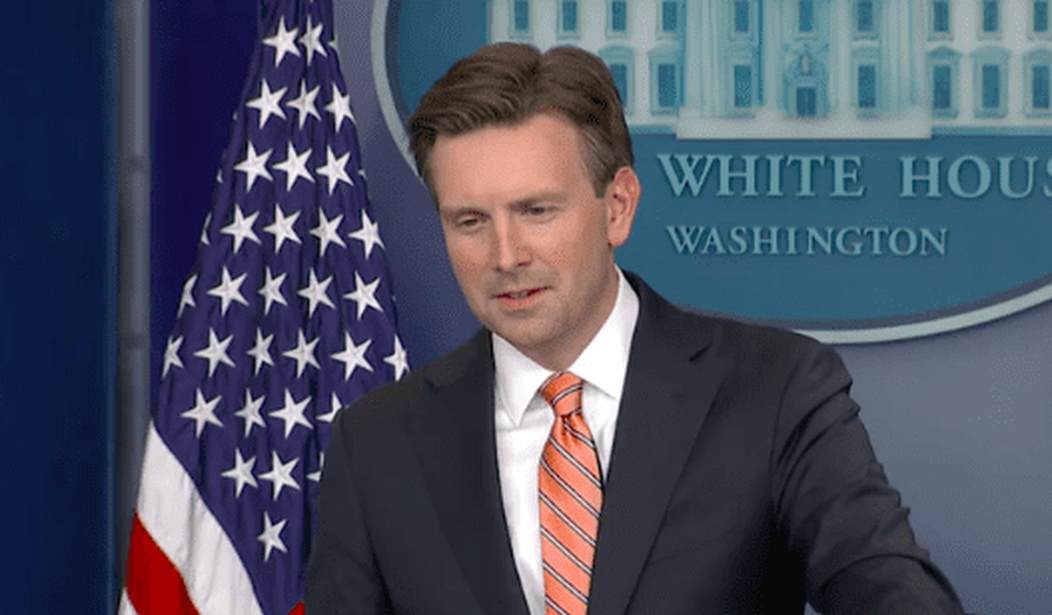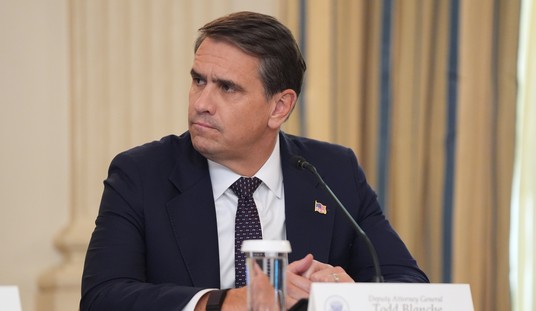The political Left is in full retreat across most of the world.
Certainly, this is obvious in the United States. At present, 33 of the 50 states are governed by Republicans (and one, Alaska, by a fairly conservative independent). Of the twelve most populous states in the union, only one, California, is completely controlled by the Democratic Party. The other eleven are either completely controlled by Republicans or have divided government, including New York, where the state Senate is majority GOP.
This is equally evident across Europe. In the United Kingdom, the Labour Party is a shadow of its former self. The old Liberal Party (now the Liberal-Democratic Party) barely exists, and the Conservatives have a commanding lead in Parliament. The recent government shake-up that resulted in the fall of David Cameron and the rise of Theresa May was a disagreement within the Conservative Party concerning Brexit, an argument which Cameron lost. In France, Socialist President François Hollande is clearly on his way out, and the only real question is whether he’ll be succeeded by the conservative François Fallon or the Populist Marine Le Pen. Similar developments are rocking Germany, the Netherlands, and other European governments.
But nowhere is this more obvious than in Israel, as a recent poll sponsored by the Jerusalem Post clearly demonstrates.
In order to understand the real import of this poll, it is necessary to recount some Israeli history.
Since the founding of Israel in 1948, there have been twenty Knessiyoth (the Hebrew plural of Knesset, Israel’s parliament). Over the years, the number of members has remained stable at 120, but the make-up has changed markedly.
From 1948 to 1977, Israeli politics was completely dominated by the Left. In the first Knesset, parties of the Left (including the Israeli Communist Party) held 74 of the 120 seats. In the second Knesset, elected in 1951, they held 69 seats; in the third Knesset, elected in 1955, they held 70 seats; in the fourth Knesset (1959), they held 81 seats; in the fifth (1961), they held 64 seats; in the sixth (1965), they held 68 seats; in the seventh (1969), they held 66 seats.
In the eighth (December 1973), even after the terrible debacle of the Yom Kippur War, they still held 59 seats, representing the largest single faction in the Knesset.
In 1977, the first political “revolution” (as Israeli television commentators at the time called it) occurred: Likud became the largest faction with 54 seats; the fractured Left still retained 40. Likud continued to dominate until 1984, when the government veered leftward again, and the Leftist contingent had 55 seats. The election of 1988 returned Likud to power at the head of a governing coalition, but parties of the Left still held 53 seats, a balance of power which continued until 1992, when the Left again took power, with 59 seats.
The 1996 election, which saw Benjamin Netanyahu’s first term as prime minister, was a bit anomalous in that for the first time there was an independent election for prime minister. Despite Netanyahu’s victory, the Left still held the largest faction in the Knesset with 48 seats. The dual elections for the Knesset and premiership continued in 1999, when Ehud Barak succeeded Netanyahu and the Left continued to hold the largest faction in the Knesset with 47 seats.
For the 2003 election, the dual system was scrapped. The head of the largest party was invited to form a coalition again and serve as prime minister. This election saw the rise of Ariel Sharon; the Left’s share of the Knesset stood at 46 seats. In 2006 Sharon was succeeded by Ehud Olmert, and the Left’s share dwindled to 27 seats. In 2009 their faction declined to a mere 20 seats; 2013 saw a rebound to 31 seats; and the most recent election, in 2015, saw them rebound again to 42 seats (this includes the new Joint List, an amalgam of three Arab parties and the old Israeli Communist Party, which has both Jewish and Arab members).
Nonetheless, since 2009 the Likud has been the dominant party and Netanyahu has been the prime minister. Now we arrive at the import of the present poll.
Since the so-called “Zionist Union,” a fusion of the old Labor party and Tzipi Livni’s “Movement” party, is the second largest in the Knesset with 24 seats, you might think that its leader Yitzhak Herzog would be the second most popular candidate for prime minister. You would be wrong.
The poll shows — unsurprisingly — that 39% of the Israeli electorate still consider Netanyahu their best option.
But next in line? Five other politicians who do not belong to the left.
The centrist Ya’ir Lapid has 19%, followed by Naftali Bennett of the Bayith Yehudi party at 13%, followed by Gid‘on Sa‘ar of Likud with 10%, then former Defense Minister Moshe Ya‘alon (also Likud) with 8%, and current Defense Minister Avigdor Liberman (Yisrael Beytenu) with 7%.
Herzog is dead last with 4%, falling below the poll’s margin of error of +/- 4.5%.
Even among those who voted for the left-of-center Zionist Union in 2015, 26% favored Lapid and only 15% supported Herzog.
Oh, how the mighty left has fallen in Israel, and seemingly everywhere else.









Join the conversation as a VIP Member